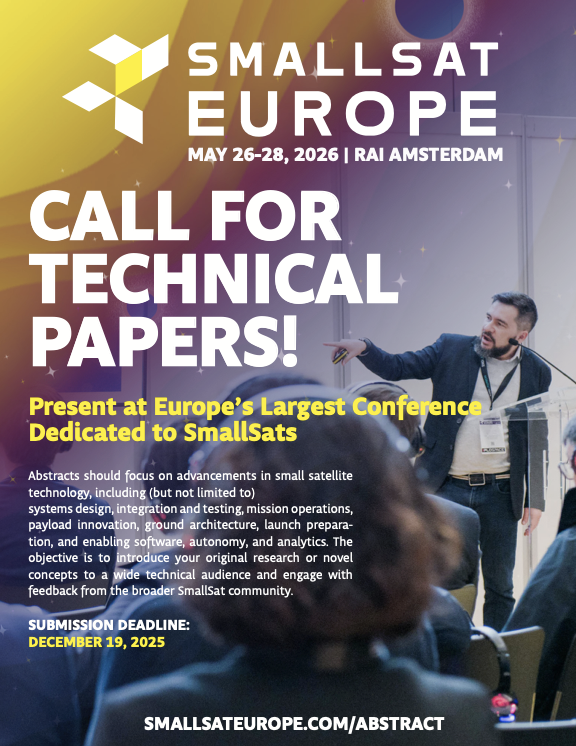On-orbit mobility redefined with Morpheus Space’ GO-2 propulsion system
Kevin Lausten is the CEO of Morpheus Space. He holds a Master of Science in Earth Systems and GeoInformatic Sciences from George Mason University, where he focused on hyperspectral imagery and completed a Master’s Thesis on the Temperature Emissivity Separation algorithm for LWIR data. Kevin also earned a Bachelor of Science in Geology from the University of Colorado Boulder.
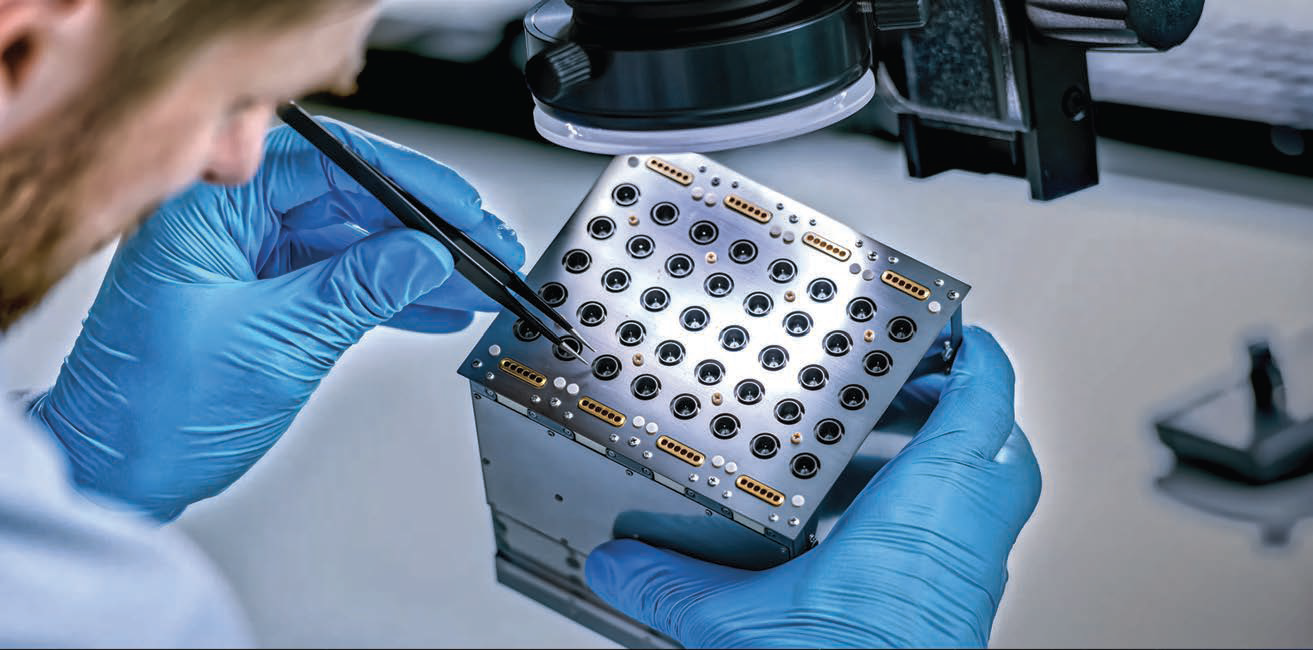
His background in geospatial strategy and market dynamics has been instrumental in driving Morpheus Space’s mission to revolutionize satellite propulsion and space mobility.
Kevin’s career includes notable roles such as Chief Revenue Officer at Ursa Major Technologies, Senior Director of Technology and Market Accelerator at Maxar Technologies.
His earlier career includes roles as an Enterprise Product Manager at Exelis Visual Information Solutions, Lead Sales Engineer at ITT VIS, and Imagery Scientist at The Boeing Company, where he specialized in satellite and airborne imagery processing for government customers.

Kevin Lausten
Over the past five years, Morpheus Space has emerged as a leader in next-generation propulsion for a rapidly changing space environment.
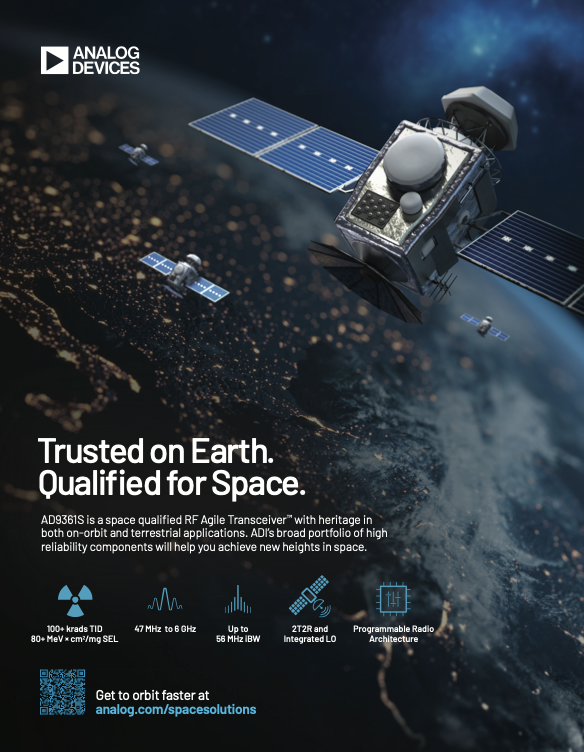
As space becomes increasingly congested, contested, and competitive, the need for satellite mobility is more urgent than ever. Morpheus Space’s GO-2 electric propulsion system rises to meet this moment, delivering efficient propulsion in a modular, easy-to-integrate, self-contained unit.
Morpheus Space exhibited at the new SmallSat Europe conference and participated in a panel discussion as well as a technical presentation. At the technical stage, Morpheus Space Propulsion and Mission Engineer, Souvik Chatterjee, presented results on the GO-2 system, currently being tested in space as part of an In-Orbit Demonstration (IOD) mission.
At the business stage, CTO and Co-Founder, Daniel Bock, participated in a panel discussion, “EU’s Role in Space Sustainability – Orbital Debris, Space and Traffic Management.”
In this follow-up conversation, CEO Kevin Lausten discusses how the GO-2 system is enabling a new era of responsive, resilient satellite operations in today’s dynamic orbital environment. He also shares insights into Morpheus Space’s collaboration with D-Orbit on their on-orbit demonstration mission and what it means for the future of space mobility.
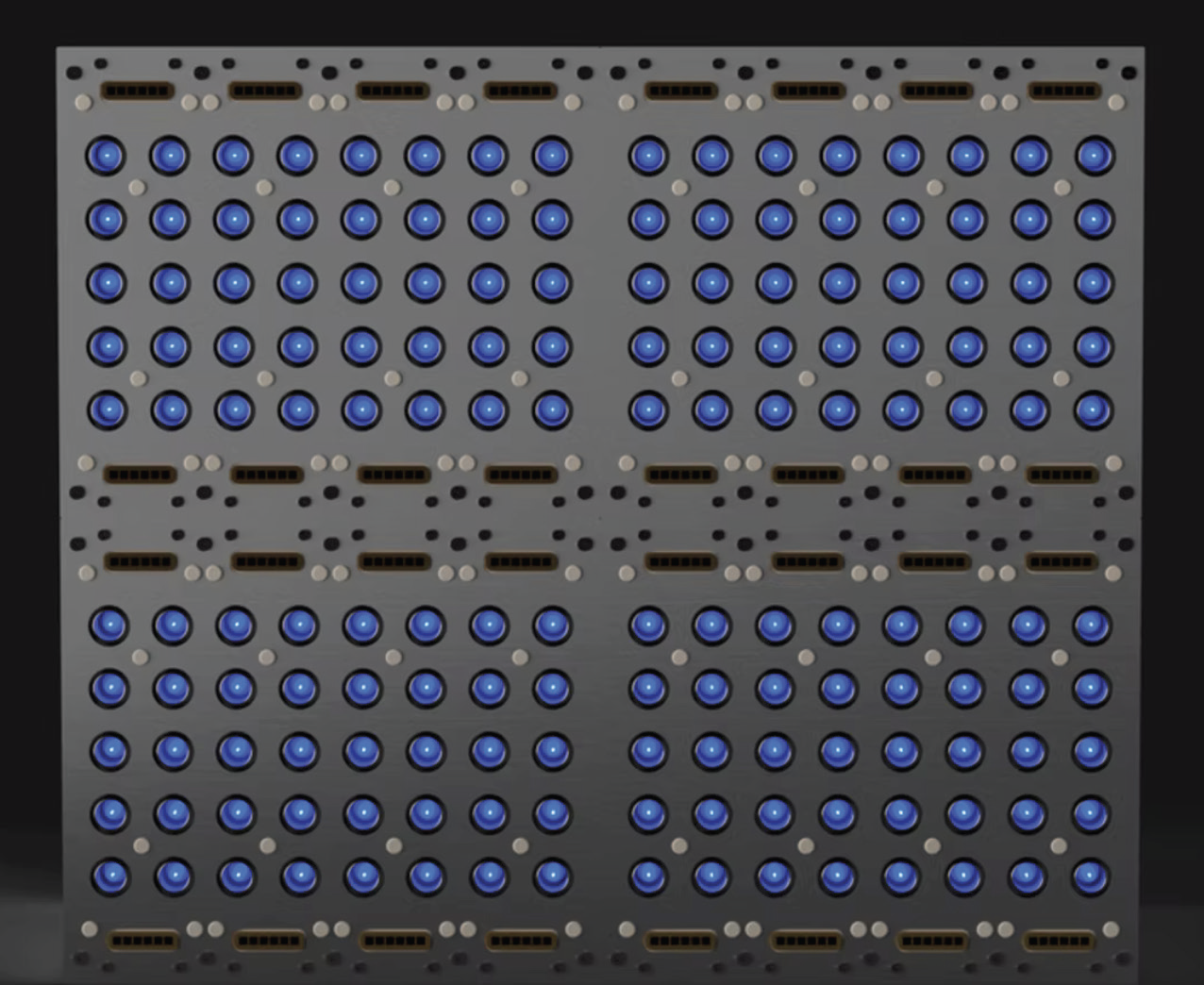
Why is FEEP technology particularly suited to today’s space challenges?
According to Lausten, “FEEP is one of the most efficient electric propulsion technologies available. Its ability to generate precise thrust at low power levels is ideal for today’s complex orbital environments.”
Traditional FEEP systems have struggled with issues around thermal control, integration, and manufacturability. GO-2 addresses all of these with innovations like proprietary solid metal propellant, individual heater control for each thruster, and fully integrated system electronics. The result is a plug-and-play solution that offers both performance and practicality.
“This is the next generation of FEEP technology,” Lausten said. “It’s smarter, tougher, and built to support new and emerging space mobility applications.”
What is Morpheus Space’s GO-2 electric propulsion, and how does it stand out from other propulsion?
“GO-2 is our second-generation electric propulsion product built on the core principles of FEEP. What sets it apart is not just performance, but its architecture, which includes 40 individually controllable thrusters. That gives us unprecedented precision, agility, and redundancy,” CEO Kevin Lausten said, and then continued, “Unlike traditional propulsion systems, GO-2 is designed to operate efficiently at both micro and macro levels. It supports satellites ranging from 10 to 250 kg and is suitable for fine maneuvers, station-keeping, and even rapid evasive actions, critical in today’s contested and congested orbits. “It’s modular, it’s mass-producible, and it’s safe to operate. The solid metal propellant requires no moving parts, no pressurization, and integrates easily with satellite buses.”
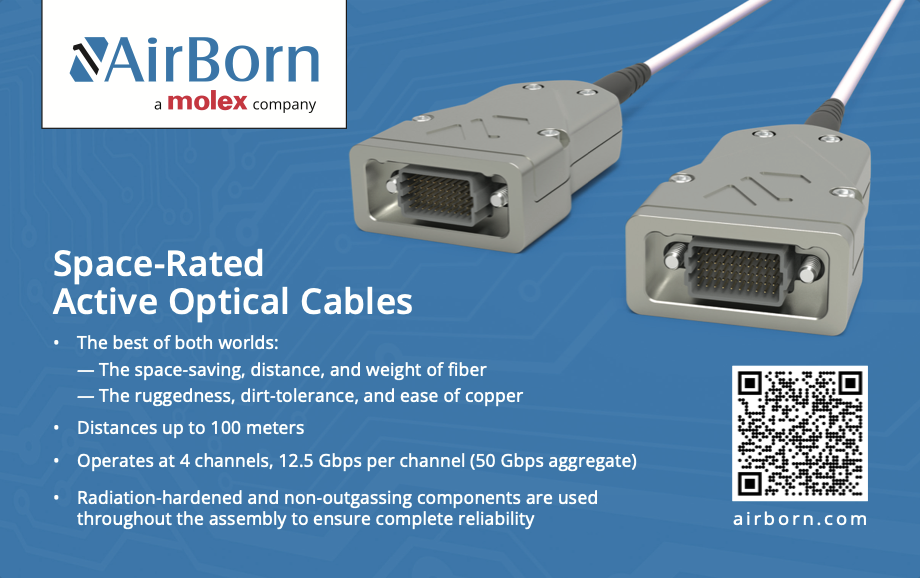
How does GO-2 address the challenges of congestion and competition in LEO?
“LEO is transforming,” Lausten explained. “It’s no longer a passive domain. It’s congested, competitive, and at times, contested. Satellites need to be more than functional, they must be maneuverable, resilient, and smart. In the era of mega-constellations and mounting geopolitical tension, propulsion systems like GO-2 are essential. They enable satellite operators to respond to threats, avoid collisions, and extend mission lifespans. With GO-2, our 40-thruster array allows for fine-tuned trajectory corrections and efficient evasive maneuvers if needed.
He continued, This agility is crucial for constellation operators dealing with thousands of satellites. Without reliable propulsion, maintaining orbital slots, ensuring spacing, and avoiding debris becomes nearly impossible. GO-2’s high redundancy and solid-state design ensure uptime even in harsh environments.
How does Morpheus Space ensure GO-2 is scalable for constellation deployment?
“GO-2 was designed from day one with constellations in mind,” Lausten said. “We use a modular architecture, which means units can be stacked to meet the needs of larger spacecraft or more aggressive missions.” This scalability allows satellite operators to configure propulsion capacity depending on mission type, duration, or risk exposure. Whether used as a primary or secondary system, GO-2 can adapt to everything from small CubeSats to larger commercial satellites.
“GO-2 connects to the satellite through a single interface for both power and communication,” Lausten added. “That simplicity translates into faster integration and lower costs, two factors that are critical when scaling to hundreds of satellites.”
What role does Morpheus Space see itself playing in the long-term evolution of space operations?
Lausten is clear-eyed and optimistic about the future of the New Space industry. “Space is now a strategic domain. The economics of LEO depend on reliability and responsiveness. That means propulsion isn’t optional ... it’s foundational. Morpheus Space sees itself as a mobility enabler in this new paradigm. Our systems are designed not just for today’s constellations, but for a future where satellite missions must dynamically adapt to changes on Earth and on-orbit. That includes responding to natural disasters, geopolitical instability, or rapid shifts in consumer demand. Propulsion is what makes dynamic operations possible. And dynamic is the only way to operate in tomorrow’s space economy.”
How does the GO-2 system support national security objectives and contribute to long-term space sustainability?
“Space sustainability is no longer a choice, it’s a responsibility,” Lausten emphasized. “GO-2 enables more active deorbiting strategies, precision maneuvers for collision avoidance, and efficient end-of-life operations. Regulators are no longer satisfied with satellites that drift until they eventually reenter. They’re requiring that satellite systems can guarantee controlled deorbit, and we’re prepared to meet that expectation.”
With its high specific impulse, precise control, and long operational life, GO-2 gives satellite operators the tools to manage their fleets responsibly. Lausten notes that national security concerns are increasingly shaping satellite design and operations.
“The ability to evade threats, reposition assets, and operate with extreme agility is becoming a must-have for certain missions. GO-2’s agility and responsiveness make it a candidate for government and defense missions that demand survivability. Its solid-state design and lack of pressurized systems also reduce the risk of catastrophic failure, another key benefit in security-focused applications. Deterrence in space isn’t about confrontation, it’s about capability. With GO-2, we’re giving operators the capability to stay ahead.”

How has the GO-2 system been validated in space?
“In March of 2025, we launched our IOD with D-Orbit on the Transporter-13 mission, onboard their ION Satellite Carrier,” Lausten said. “We’ve established communications and we’re receiving valuable data from on-orbit testing. This is an encouraging step forward for us.
“Hosted on a versatile ION spacecraft, GO-2 is undergoing a rigorous LEO. Prior to launch, the system passed extensive ground tests including thermal cycling, vibrational loads, and long-duration emission trials. In orbit, it’s being operated across various thrust profiles to validate its responsiveness, thermal performance, and efficiency.”
According to Lausten, “These tests allow us to prove all aspects of the GO-2 system from basic functionality to advanced thrust vectoring and health monitoring under real mission conditions. This isn’t just a test, it’s a message to the industry. We’re here, and we’re ready to deliver scalable, high-performance propulsion that meets today’s realities in space.”
Indeed, this mission is more than a demonstration, it’s a validation of Morpheus Space’s entire development approach. The GO-2 system is the culmination of years of lessons learned from their first-generation FEEP systems, already operational in orbit. With more than a dozen earlier units in space, GO-2 represents a leap forward in terms of performance, reliability, and manufacturability.
“From our Reloaded factory, we’re producing GO-2 units at scale,” Lausten added. “This is the first in a series of steps toward delivering a new standard for space mobility.”

What’s next for Morpheus Space and the GO-2 system?
“With the on-orbit demonstration now underway, Morpheus Space is focused on validating more advanced functions of the GO-2 system and collecting performance data under various operational modes. This phase is key not only to confirming the system’s technical capabilities, but also to validate performance under extended and demanding mission scenarios. This mission marks an important milestone,” Lausten noted. “We’re showing that an electric propulsion system can truly balance efficiency, reliability, and operational simplicity. That has direct implications for how future missions are designed and managed—especially in Low Earth Orbit, where satellite mobility is becoming increasingly essential.”
GO-2 was built to support every phase of a satellite’s life on-orbit, from constellation deployment and orbit maintenance to repositioning, collision avoidance, and controlled deorbiting at end-of-life. Its modular design allows it to scale with mission needs, and its compact size, approximately 1U, makes it well-suited for a wide range of platforms, including small satellites starting at 6U up to larger satellites in the 250 to 300 kg range as a primary propulsion system.
One of the most notable technical features is the array of 40 individually controlled emitters. This architecture enables precise maneuvering and provides a high level of internal redundancy. Even in the event of partial system failure, the remaining thrusters can continue to operate, supporting mission continuity over extended durations.
“In an increasingly congested and complex orbital environment, GO-2 offers a compelling propulsion system designed to meet the operational demands of modern space missions without adding unnecessary complexity. Its ability to deliver sustained, efficient propulsion in a streamlined, self-contained unit positions it as a critical enabler for the next generation of satellite operations,” concluded Lausten.


